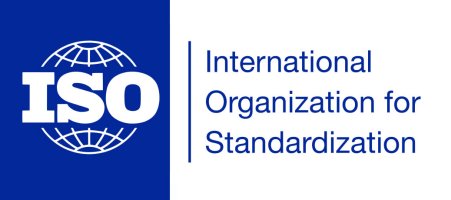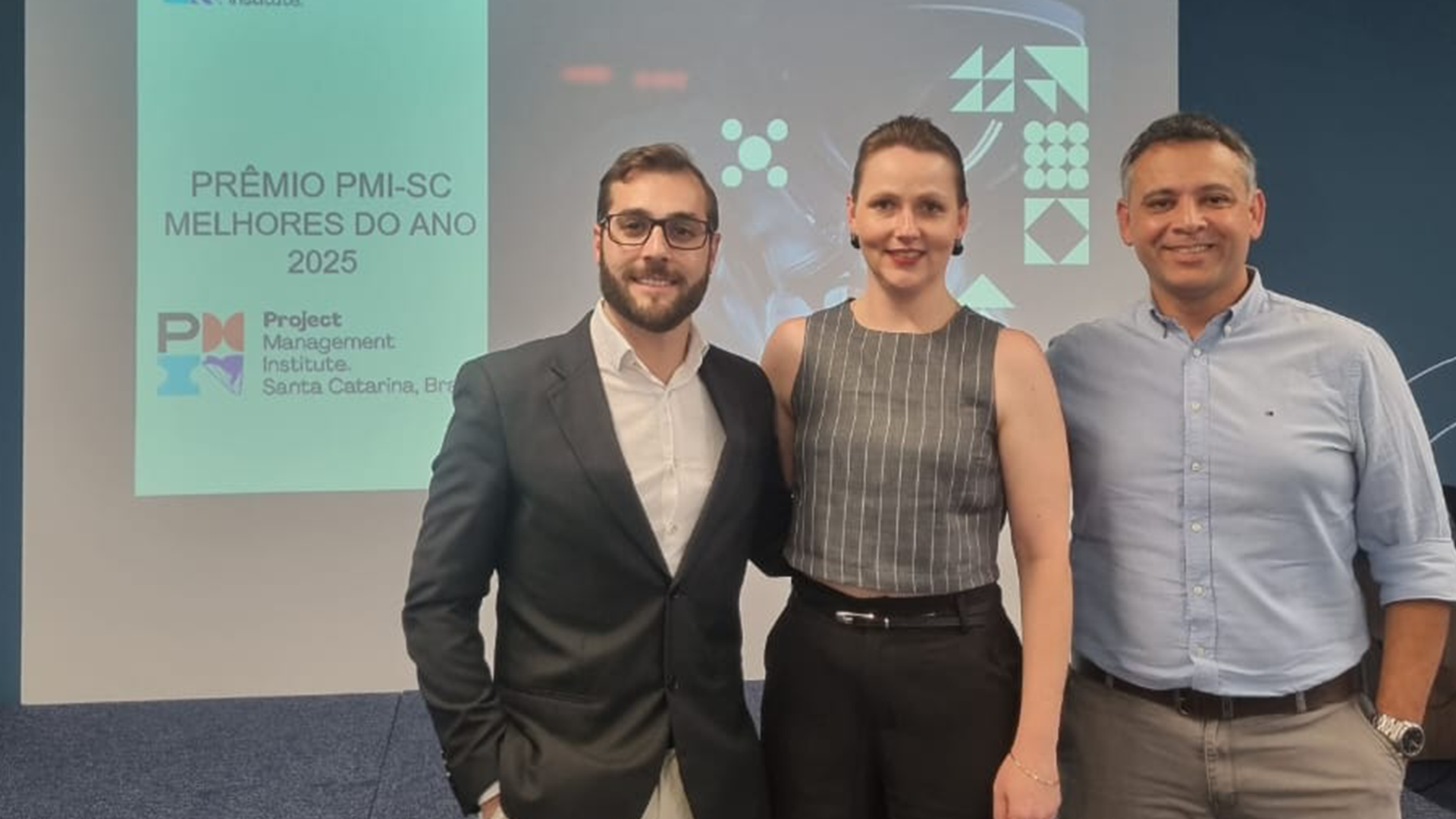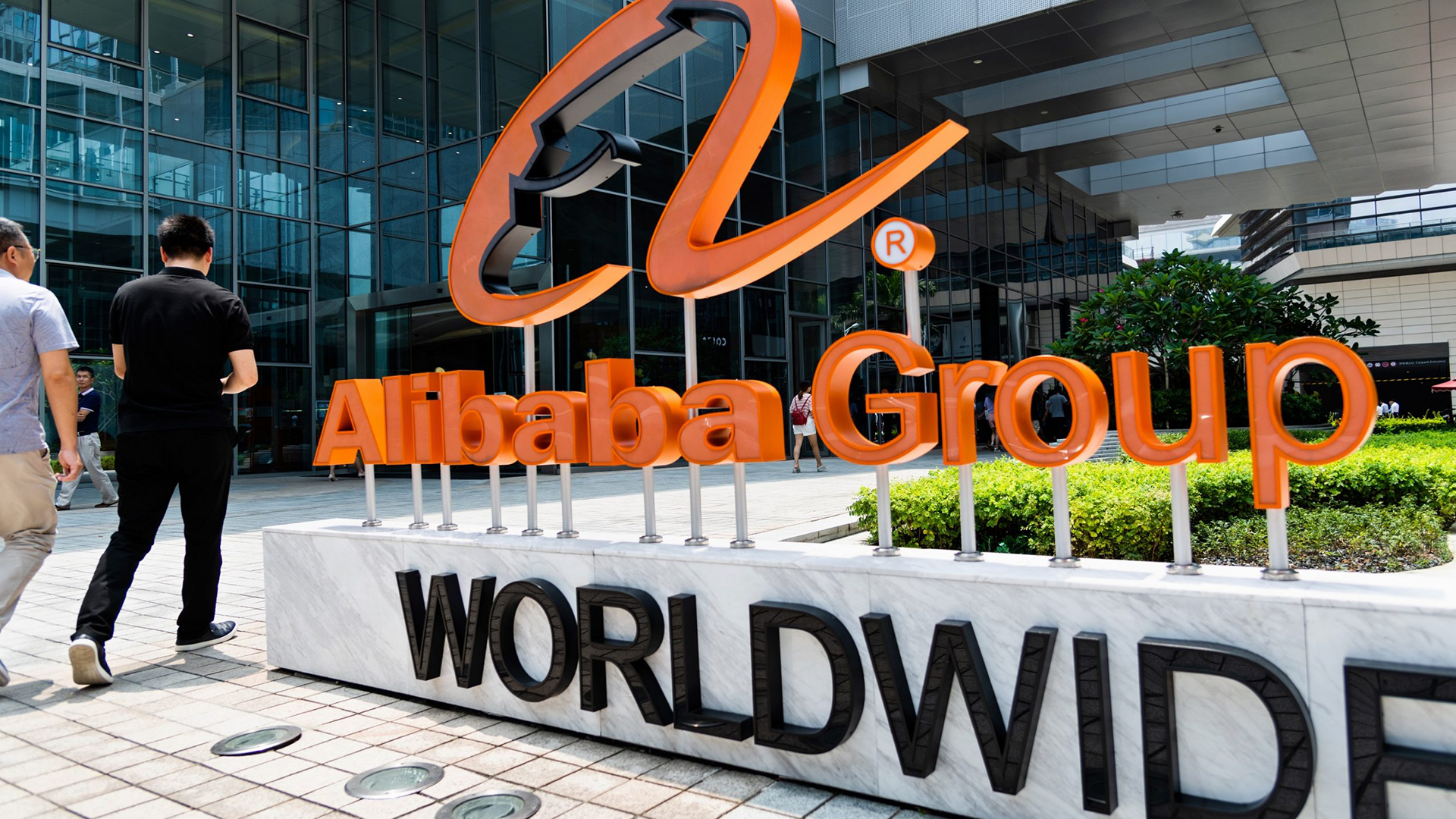
A global standard. It is how ISO, short for International Organization for Standardization, can be defined. Around the world, it has links with 160 national standardization bodies and membership in more than 200 countries.

The ISO 9000 series includes a set of standards applicable to institutions of all types, sizes, and sectors. The most famous is ISO 9001 certification, present in 170 nations, certifying organizations’ quality management.
The transition from the ISO 9001:2008 model brought a series of changes. The 2015 version is the most current version of the standard. To clarify the main doubts, we elaborated on five fundamental questions that must observe about ISO 9001:2015.
1 – What is ISO 9001:2015?
ISO 9001:2015 is a standard that defines the requirements for a Quality Management System. It is essential for any organization to improve internal processes and meet the demands of an increasingly competitive market.
The principle of ISO 9001 is continuous improvement. It is the only standard in the ISO 9000 family that can be certified. While it does not specify what the quality-related objectives should be, it does require organizations to define their goals and continually improve their processes.
2 – Who is ISO 9001:2015 for?
ISO 9001 suits organizations of all types, sizes, and industries. This flexibility was one of the main improvements implemented in the 2015 version. It means that, even without a team dedicated to quality, small companies can also enjoy the benefits of the standard.
3 – What are the benefits of ISO 9001:2015?
ISO 9001 will help your organization in the following ways:
- Identify your goals
- Envision new business opportunities
- Detect and deal with risks in your organization
- Define whom are all those involved in your work
- Critically evaluate the general context of your organization
- Understand what those involved expect from your company
- Comply with the necessary legal, statutory, and regulatory requirements
- Expand into new markets (specific industries and customers require the standard)
Top tip: Always put the customer first. When you consistently meet their needs, satisfaction with your service will consequently increase. This positive flow will allow the expansion of your business.
Read also: PDCA cycle: how to apply the methodology for continuous improvement.
4 – What are the improvements of ISO 9001:2015 about ISO 9001:2008?
In addition to the features already mentioned, we can list other improvements of ISO 9001:2015:
Structure
ISO 9001:2015 has a general structure similar to other ISO standards. It makes it easy for anyone to use multiple management systems.
Simplification
The standard now uses more simplified language, structure, and terms. This strategy seeks to serve all levels of the organization, particularly those that use multiple management systems.
Alignment
ISO 9001:2015 aligns with other management systems standards such as ISO 27001 (Information Security Management), ISO 14001 (Environmental Management), ISO 22301 (Business Continuity Management), and ISO 20000 (Services Management).
Systemic look
The current version of ISO 9001 seeks to address organizational riches and opportunities in a structured and pragmatic way.
Risk prevention
Another novelty is the focus on risk prevention in the organization. Historically, this factor has always been part of the norm. However, this new version gives greater relevance to the theme.
Management Efficiency
ISO 9001:2015 seeks to address supply chain management more effectively. These facilities mainly serve service and knowledge-based organizations.
Leadership engagement
As well as risk prevention, ISO 9001:2015 places even more emphasis on leadership engagement in the organization.
5 – Should I be certified with ISO 9001?
Certification is not mandatory. However, having your practices audited against the standard’s requirements by an independent body is an important way of showing that you have correctly implemented the standard.
In some cases, certification by an external entity is a requirement. For example, certain public bodies may only contract with suppliers certified to ISO 9001.
Conclusion
ISO 9001:2015 defines the criteria for a quality system in tune with the transformations of the globalized world. It is the only standard in the 9000 families that can be certified. More than a million companies and organizations in 170 countries are certified with ISO 9001.
Get to know Interact Suite SA’s Quality Management solution. Our cloud-based corporate governance platform boosts the results of hundreds of companies in Brazil and abroad with tools for all management stages – from the strategic to the operational level.
Interact’s Quality Management solution links to the continuous learning cycle – PDCA/PDCL (Plan, Do, Check, Act/Learn). Our proposal integrates five different modern and agile tools based on global methodologies, resulting in greater security for those seeking certifications and accreditations.
Author:

Vinícius Flôres
Journalist, Ph.D. in Communication, and martech enthusiast. Communication and Marketing Supervisor at Interact Solutions.



